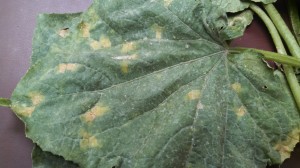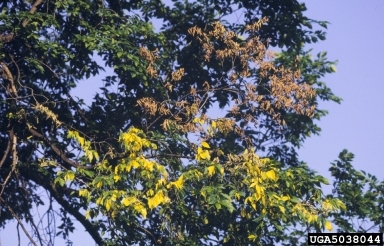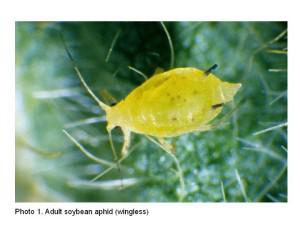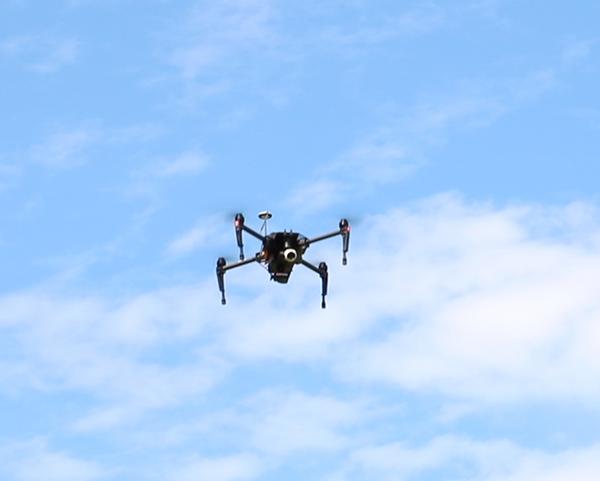
Basil Downy Mildew Outbreaks in North Carolina
Several basil growers, homeowners, and garden centers have reported outbreaks of basil downy mildew to the Vegetable Pathology Lab …



El inglés es el idioma de control de esta página. En la medida en que haya algún conflicto entre la traducción al inglés y la traducción, el inglés prevalece.
Al hacer clic en el enlace de traducción se activa un servicio de traducción gratuito para convertir la página al español. Al igual que con cualquier traducción por Internet, la conversión no es sensible al contexto y puede que no traduzca el texto en su significado original. NC State Extension no garantiza la exactitud del texto traducido. Por favor, tenga en cuenta que algunas aplicaciones y/o servicios pueden no funcionar como se espera cuando se traducen.
Inglês é o idioma de controle desta página. Na medida que haja algum conflito entre o texto original em Inglês e a tradução, o Inglês prevalece.
Ao clicar no link de tradução, um serviço gratuito de tradução será ativado para converter a página para o Português. Como em qualquer tradução pela internet, a conversão não é sensivel ao contexto e pode não ocorrer a tradução para o significado orginal. O serviço de Extensão da Carolina do Norte (NC State Extension) não garante a exatidão do texto traduzido. Por favor, observe que algumas funções ou serviços podem não funcionar como esperado após a tradução.
English is the controlling language of this page. To the extent there is any conflict between the English text and the translation, English controls.
Clicking on the translation link activates a free translation service to convert the page to Spanish. As with any Internet translation, the conversion is not context-sensitive and may not translate the text to its original meaning. NC State Extension does not guarantee the accuracy of the translated text. Please note that some applications and/or services may not function as expected when translated.
Collapse ▲
Several basil growers, homeowners, and garden centers have reported outbreaks of basil downy mildew to the Vegetable Pathology Lab …

During the last two weeks, there have been several reports of mealybugs in wine grape vineyards. Mealybugs are sucking …
It is now week thirteen of scouting, and our one of our locations has begun harvest! There has been …
It is now week twelve for our weekly scouting report and pest pressure is lower compared to the past few …

Tomato late blight, caused by the oomycete Phytophthora infestans, was confirmed today (July 11, 2014) in a tomato sample from Henderson County, North Carolina …
Twospotted spider mites are the most common and significant pest of strawberries grown in North Carolina. Mite management strategies …

It is week eleven for our weekly scouting reports. Budworm pressure is relatively similar to last week. With most sites …
The US-EPA has renewed emergency exemption uses (Section 18) for the pyrethroid bifenthrin for control of the brown marmorated …

We are in our tenth week of scouting, and tobacco budworms are still active at most sites. Although, fewer …

It is our ninth week of scouting, and we are starting to see higher numbers of tobacco budworms at …

We exceed tobacco budworm thresholds at several of our scouting locations last week, which was also the case for a …

Cucurbit downy mildew was confirmed on a cucumber sample from a commercial field in Franklin County submitted to the …

Potato late blight, caused by the oomycete Phytophthora infestans, was reported yesterday (June 19, 2014) in a potato sample …

Just in time for Pollinator Week, I wanted to share another update on our work on pollinators in blueberries. While …
The US-EPA has renewed an emergency exemption use permit (Section 18) for the neonicotinoid dinotefuran for control of the …

Farmers and gardeners who grow blueberries may notice damage to the developing berries caused by the cranberry fruitworm. The …

It is our seventh week of scouting at our IPM and grower standard fields. The tobacco plants are looking healthy, …

Cucurbit downy mildew, caused by the oomycete Pseudoperonospora cubensis, is a yearly concern for North Carolina cucurbit growers. Having …

Written by Emma Wallace and Dr. Lina Quesada-Ocampo Cucurbit downy mildew was reported today (June 9, 2014) in a commercial …

Damage from a cold winter can take a while to become apparent. During the summer, I often receive several …

This field guide and linked resources provide information on basic insect identification, sampling methods, monitoring, …

Elm trees (Ulmus spp.) are prized landscape and street trees valued for their canopy shape …

This factsheet describes the biology of the cane lace bug or bamboo lace bug, Leptodictya …

This soybean insect factsheet describes the biology, damage, and control of the soybean aphid, a …

This factsheet describes the biology of the banded sphinx moth or lesser vine sphinx, Eumorpha …

This factsheet describes the biology of the elm-grass root aphid, Tetraneura ulmi, and provides residential …

This publication discusses flying unmanned aerial vehicles (drones, model aircraft) for commercial purposes. You'll learn …
This publication describes the life cycle, scouting and treatment of the balsam twig aphid, a …